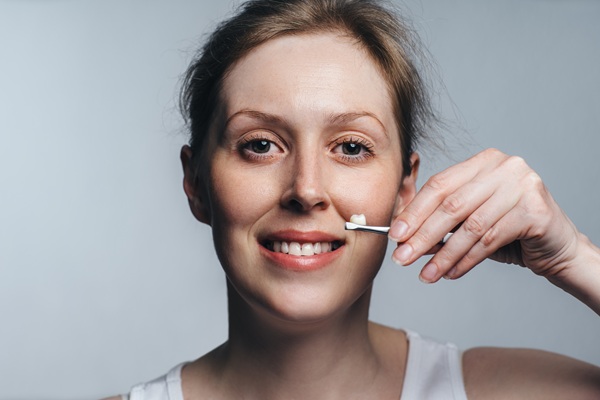Dental Crowns and Front Teeth: What You Should Know

A dental crown is a versatile restoration that can protect, strengthen, and enhance the appearance of a damaged or weakened tooth. When placed on a front tooth, a dental crown must meet both functional and cosmetic standards. Because front teeth are highly visible, material choice, fit, and aesthetic detail all become especially important. Understanding the process and purpose of placing a dental crown on a front tooth can help patients feel confident in their treatment decisions.
Why front teeth may need crowns
Front teeth, also known as anterior teeth, may require crowns for several reasons. Trauma, decay, and large fillings can weaken the tooth structure over time. In some cases, a front tooth may also become discolored or worn, which can affect the overall appearance of the smile. A dental crown serves as a protective cover, restoring the shape, size, and color of the tooth while maintaining natural function.
Dentists may recommend a dental crown for a front tooth if the following conditions are present:
- The tooth has undergone root canal treatment
- A large fracture or chip affects structural integrity
- A filling covers more than half of the tooth
- There is advanced enamel wear or erosion
In such situations, placing a dental crown helps restore the strength, function, and appearance of the affected front tooth.
Crown materials for front teeth
Because front teeth are visible when speaking and smiling, appearance plays a critical role in crown selection. The most common materials used for front-tooth crowns include all-ceramic or porcelain crowns, which provide the most natural look and are ideal for front teeth due to their ability to match adjacent teeth in color and translucency; porcelain-fused-to-metal (PFM) crowns, which offer strength from the metal base and an outer porcelain layer for aesthetics, though the metal may show through slightly over time; and zirconia crowns, known for durability and a natural appearance, zirconia crowns are a newer option that blends both strength and esthetics well.
The choice of material depends on several factors, including bite alignment, esthetic goals, and overall oral health. A cosmetic or family dentist will discuss these options in detail to select the most appropriate solution.
The crown placement process
The process of receiving a dental crown typically involves two visits. During the first visit, the dentist removes any decay or weakened portions of the tooth and reshapes it to accommodate the crown. An impression or digital scan is then taken and sent to a dental lab, where we fabricate the custom crown. We will place a temporary crown to protect the tooth until it is ready for a permanent one.
At the second visit, the dentist removes the temporary crown and checks the final restoration for fit, color, and comfort. Once confirmed, the dentist then permanently bonds the crown in place. With proper care, a front-tooth dental crown can last many years and function like a natural tooth.
Aesthetic and functional benefits
A dental crown on a front tooth provides more than protection. It also improves the smile's overall appearance. The crown helps restore symmetry, smooth edges, and consistent coloration. It also allows the patient to chew and speak normally.
Call our El Centro office to learn more about dental crowns
When properly designed and maintained, a dental crown can improve both confidence and oral health. For patients with damaged or compromised front teeth, this restorative option offers long-lasting results with natural-looking outcomes. For more information or to schedule a consultation, call Khorsand Dental Group at (760) 394-3082.
Request an appointment here: https://www.drkhorsand.com or call Khorsand Dental Group at (760) 394-3082 for an appointment in our El Centro office.
Check out what others are saying about our dental services on Yelp: Dental Crowns and Dental Bridges in El Centro, CA.
Related Posts
When a tooth needs to be restored, a dental crown is usually a great option. Restoring a tooth to good form involves the preparation of the tooth for the placement of the crown. Getting a crown is usually recommended because it can help restore your tooth to its normal shape, function, and look. Read on…
A dental crown may last a lifetime. But sometimes, even a good-quality crown can break. If your dental crown broke, it is important to find out what happened in order to avoid future problems. Read on to find out why dental crowns break.A dental crown is a restoration that is placed over a tooth to…
A dental crown can be used to fix a wide range of dental issues. Also called caps, these are tooth-like shells that are used to encase an entire tooth. It serves multiple functions: protecting the tooth from further decay and restoring its appearance.Issues that crowns are often used to fix: Chipped, broken or cracked teeth…
If you have ever had a dental crown placed, you know that the process often involves multiple visits and temporary crowns. A CEREC dentist offers a faster solution to the typical dental crown process. Using advanced technology, these dentists create durable, high-quality crowns in just one appointment.A CEREC dentist uses Computer-Aided Design and Manufacturing (CAD/CAM)…
